With so many different options available, choosing the right engagement ring can be overwhelming. In this guide, we...
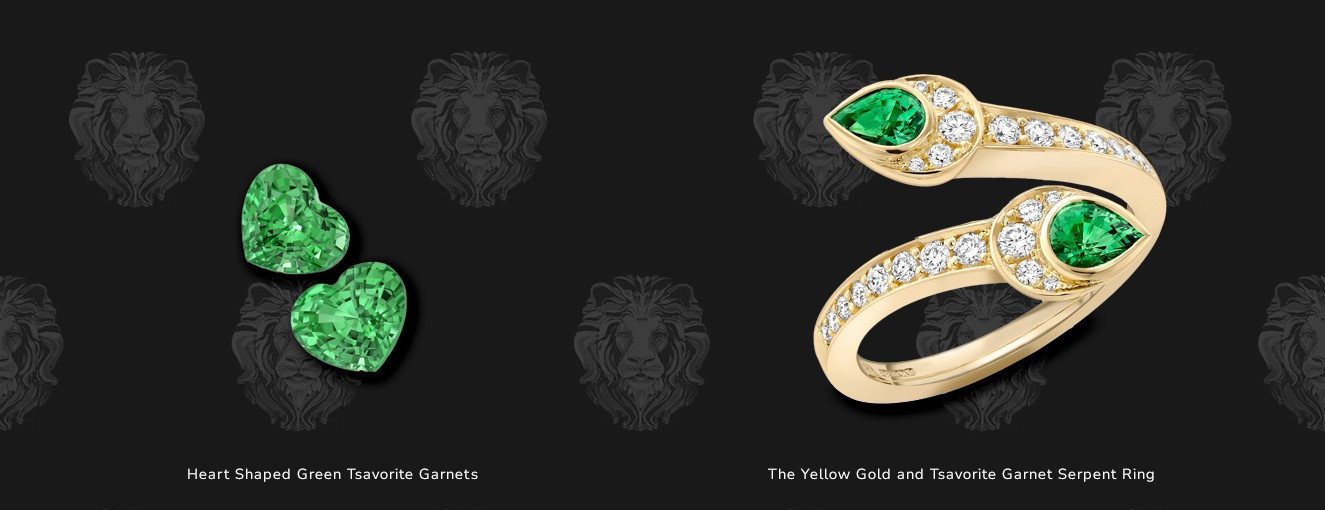
What different types of gemstones are available?
Rubies are red, sapphires are blue. Actually, they’re not… and neither are all green stones, emeralds. Master Goldsmith, Robert Bicknell, explains.
A customer recently commissioned us to make her a bespoke ring with what she called, ‘the emerald’ she had seen on another ring. In fact, the green stone was a tsavorite garnet. It’s quite common for this to happen. I would say about 70 per cent of people that come into the shop, assume that their choice of gemstone is limited to diamonds, rubies (red), sapphires (blue) or emeralds (green); they might also know their birthstone but, generally speaking, that’s it. However, the truth is there are more than 200 types of gemstone available in an endless spectrum of colours. Sapphires, for example, can be red as well as blue.
The tsavorite garnet is of equal value to the equivalent size emerald but it is a brighter, cleaner and rarer stone. So along with tourmaline, topaz, quartz and spinel, why is it less well known?
The answer is ‘history’. Historically, it was obviously only royalty and the well-heeled that could afford gemstones, and it was their choices that entered the jewellery lexicon and became ‘common knowledge’. In the 1800s, diamonds, rubies, sapphires and emeralds alone were classified as ‘precious’ and all other stones as ‘semi-precious’ but this is now somewhat outdated because the term largely relates to hardness, and takes no account of colour, quality, rarity or provenance (where the stone comes from).
Also, some gemstones have only been discovered recently. The first tsavorite for example was found as recently as 1967. This doesn’t mean so-called semi-precious stones are ‘new’, they have been created naturally, over millions and billions of years, in the same way as diamonds, sapphires, rubies and emeralds. However, some are a thousand-to-a-million times rarer than the four best-known (precious) stones and consequently their value is sometimes greater. Painite, for example, is not just the rarest gemstone but also the rarest mineral on earth. It is found exclusively in Myanmar and only just over a thousand fragments have so far been discovered, most of which cannot be ‘faceted’ (cut for use in jewellery)
And did you know that the large red stone (known as the Black Prince's Ruby) in the Imperial State Crown, used for the coronation of King Charles III in May this year, is not a ruby at all, but a spinel? It is one of the oldest parts of the Crown Jewels of the United Kingdom, with a history dating back to the middle of the 14th century.
The beauty of this wide range of stones and colours is it gives our customers all sorts of options to match their jewellery with their clothing or indeed any other of their possessions.
These are the infinite possibilities that are the joy of creating bespoke jewellery.
View our coloured gemstones in our shop here.
For more on our bespoke jewellery service, click here.

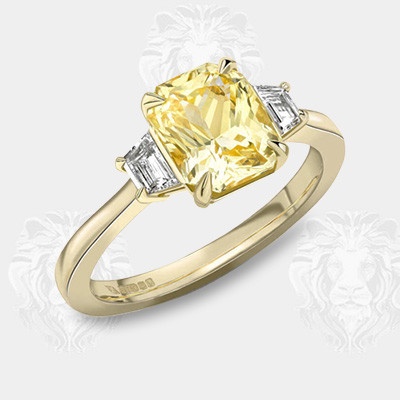
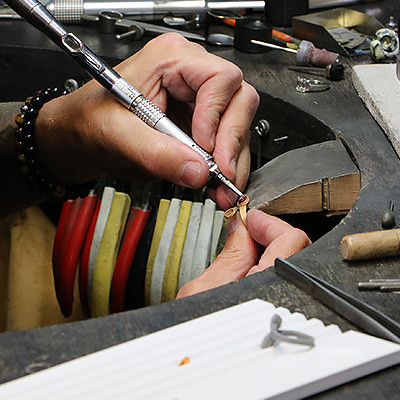

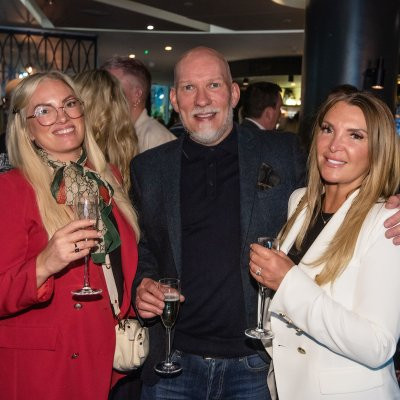
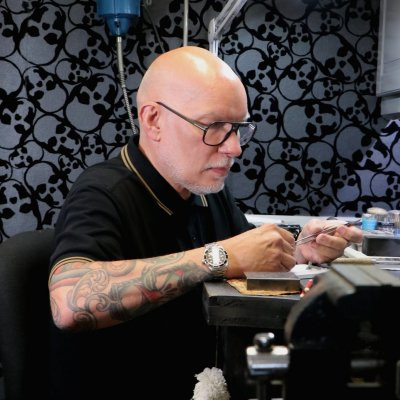
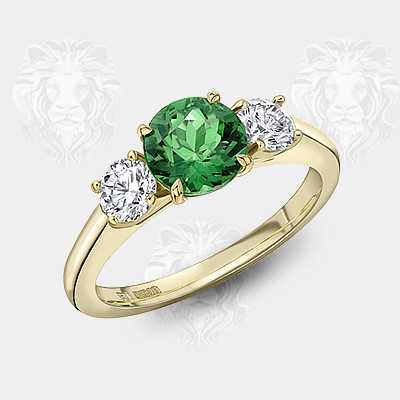
Leave a comment